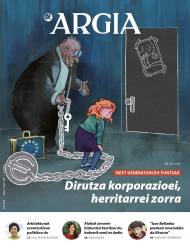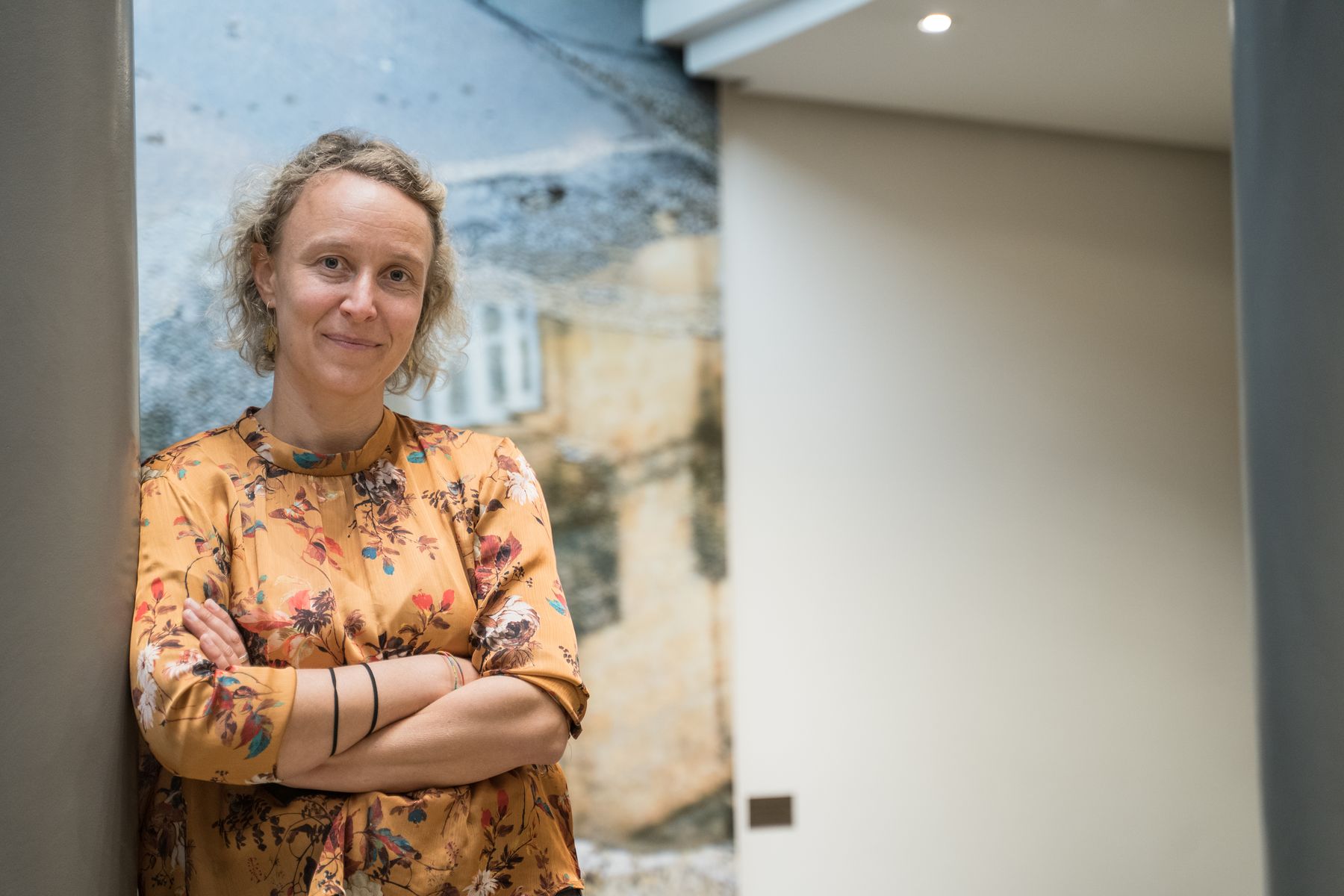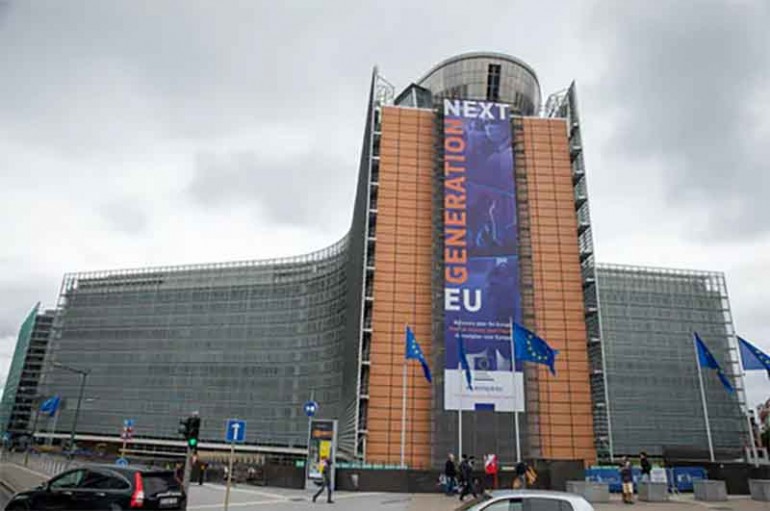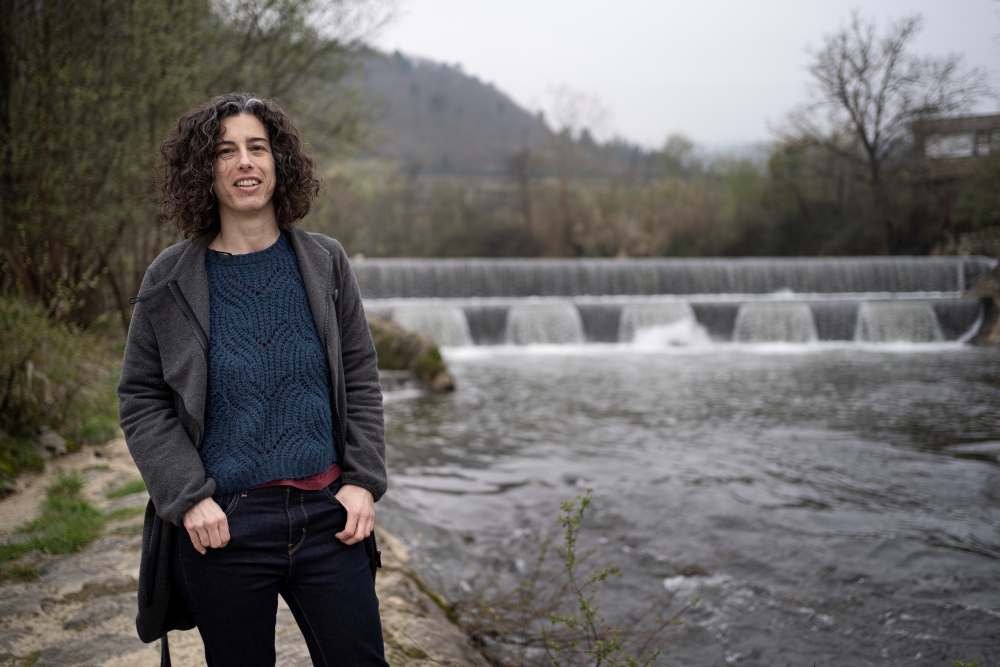Traditional growth disguised as green in Navarre
- This article analyzes how the funds of the European Union Next Generation from the Government of Navarra are looked at. The Government of Navarra is planning 125 projects. Some have to end by 2023, others by 2026 or 2030.

Under the Suspertu plan, the Government of Navarra will submit 125 projects to European funds amounting to EUR 3,419 million. According to a study by the UPNA, Navarre could receive between EUR 417 million and EUR 1 billion from these funds.
Climate change, energy transition, digitalisation, economic revival, territorial backbone… all of this is the basis of the plan, “guided by the public sector”, but it is already giving the Confederation of Business of Navarra (CEN) a great deal of space in project advice.
It is difficult to believe that this plan should lay the foundations for a sustainable world, especially since so far only the system that has brought the climate disaster is praised, without making the slightest criticism. On the contrary, in the presentation of the Suspertu Plan, President María Chivite sets as an example the efforts and plans of economic stimulus that have been made in Navarra in the last 60 years. That is, “before we did it well and now we are going to do it.” So how did we get to the current disaster?
For example, EUR 817 million will be earmarked for territorial cohesion, but within them are the TAV or Canal de Navarra – linked to the Pantano de Itoiz – old, destructive projects that have little to do with sustainability.
Another area is sustainability and renewable energy, to which EUR 593 million will be allocated, in which electric cars, energy parks – sun and wind – and sustainable food are three of the main areas. But nowhere is it said that the reduction in the number of cars is necessary to consume less energy, that it is impossible for there to be a number equal to or greater than the present, but electrical number. Or sustainable food, yes, but there is the Caparroso holiday cottage project, which wants to increase from 3,600 to 7,000 cows – and the same company wants to make 20,000 in Soria. However, the intention of the Government of Navarra to amend the law to prevent these large stables has recently been known.
Renewable energy is 20% of the energy currently consumed in Navarre. It is intended to reach 50% by 2030, and for this it is planned to build dozens of solar and wind parks, once again causing significant damage to the ecosystem and biodiversity. In the logic of “sustainable growth” so far, the melody of former Economic Development Advisor Manu Ayerdi becomes known: “If it’s not anything, but it’s a matter of life and death [lowering the temperature of the planet], we’ll have to be prepared to take some environmental damage.” Ayerdi has been forced to leave the Government for the Davalor case, but the plans he has made so far have come out of his counseling.
The same thing happens in the digital arena. The plan has beneficial goals, such as reducing the digital divide or digital education, but it recognizes that one of its pillars is to drive the 5G digital revolution, which needs large amounts of energy and materials. Tens of millions of euros are planned for almost all the councils to boost 11 digital projects.
A rain of money that will bring a new impulse from capitalism, dressed in green and fine words. There's a lot of money, a lot of projects and interesting breakthroughs in some areas, but basically it's based on more economic growth, and in a finite world that's not possible, costumes, the model is not sustainable.
(This article is part of the report What we will leave in debt to future generations)
Abrupt closure of the grant window for energy-saving construction works in homes. Imagine the anger of those left in the queue. Architects, builders, community managers, neighbours… The call for proposals was in force until November, but recently the Basque Government... [+]
Nicola Scherer (Munich, 1984) Kataluniako Observatori del Deute en la Globalització (Zorraren Behatokia Globalizazioan) erakundeko ikertzailea eta Open Generation EU taldeko kidea da eta Kapitalari Planto! plataformak ekainean aurkeztu zuen Europako berreskuratze-funtsak:... [+]
This is what the most ambitious programme of public debt has been in the plans, which will distribute equal shares of grants and loans worth EUR 750,000 million over the next 7 years. Alongside the revival of Europe, it aims to promote a greener economy (energy transition) and... [+]
























